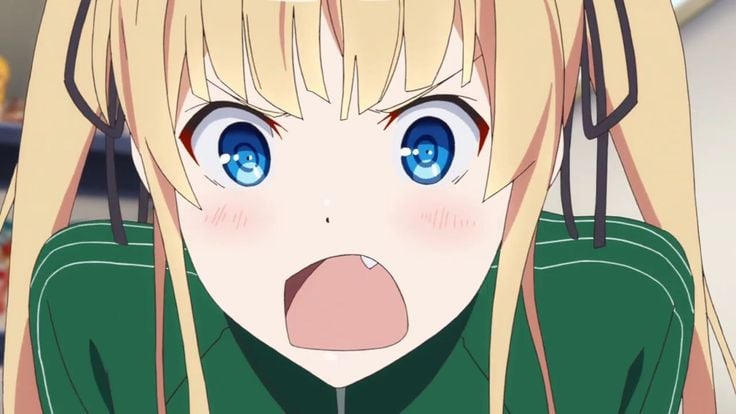When is a graveyard likely to be filled with tourists snapping pictures? When it’s a gaijin bochi, or “foreigners’ graveyard,” which you can see in several old Japanese cities that have had Westerners living there for a long time, like Yokohama, Kobe and Hakodate. Japanese burial rites involve cremation and placing the bones and ashes of the deceased inside a family grave, customs which are very different from the West, and these special foreigners’ graveyards are places where Europeans and Americans can be interred according to their own traditions. The oldest can be found in Nagasaki, the only city where trade was allowed during the Edo Period, and you can see the gravestone of a Dutch trader that dates from 1778. By far the most famous gaijin bochi in Japan is the Foreign General Cemetery in Yokohama, in the Naka Ward region that’s been popular with foreign residents for more than 150 years, and it’s up there with Chinatown and the Marine Tower on my list of attractions to hit when I’m visiting the city. The cemetery was commissioned by Admiral Perry himself, who requested a place for Westerners to be buried when one of his sailors died during his second visit to the country in his fleet of “Black Ships” in 1854. Whenever I’m there I like to walk through the headstones and wonder what these early sojourners to Japan experienced here, and how things compare to today.

The famous Gaijin Bochi in Yokohama














